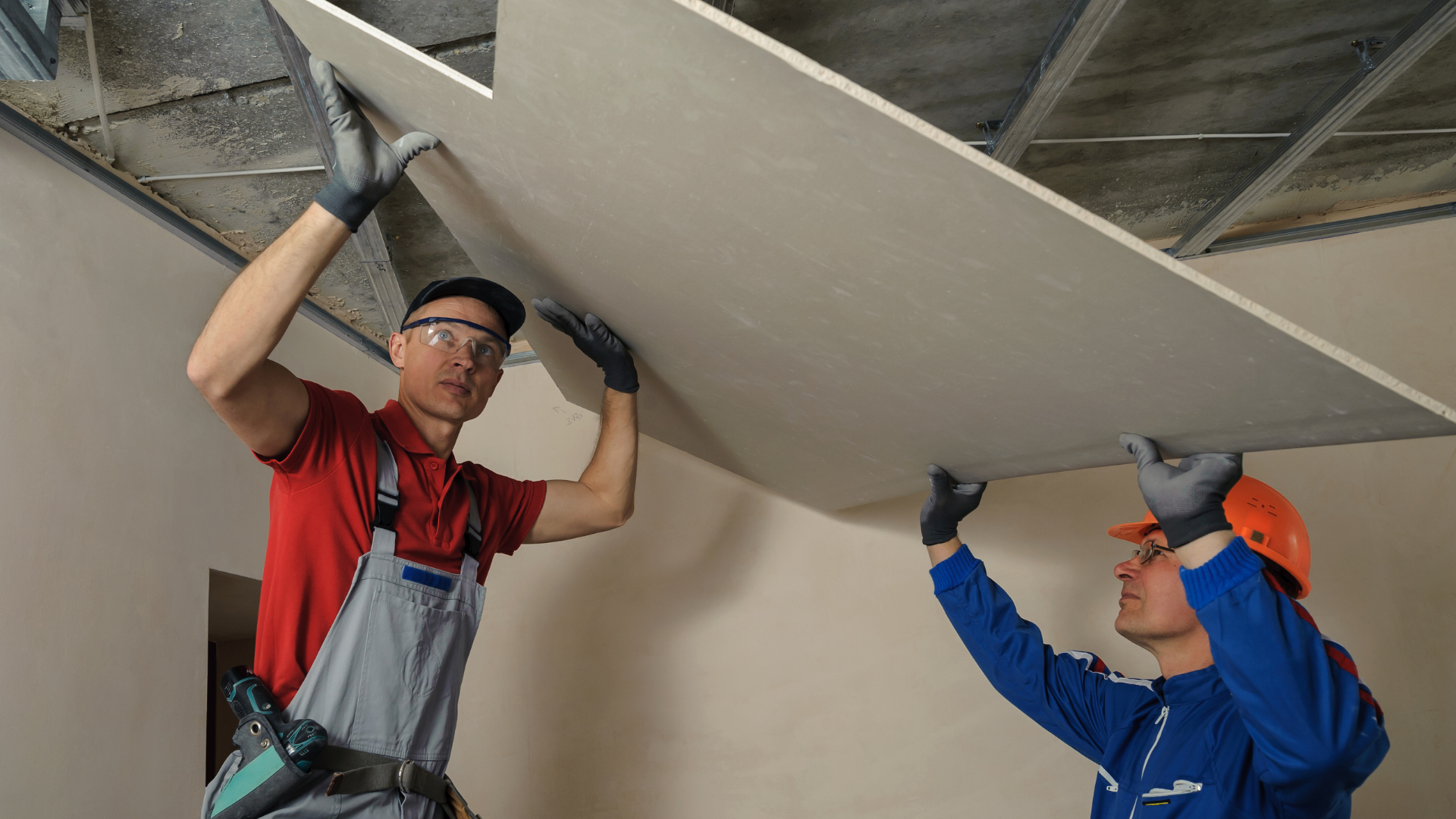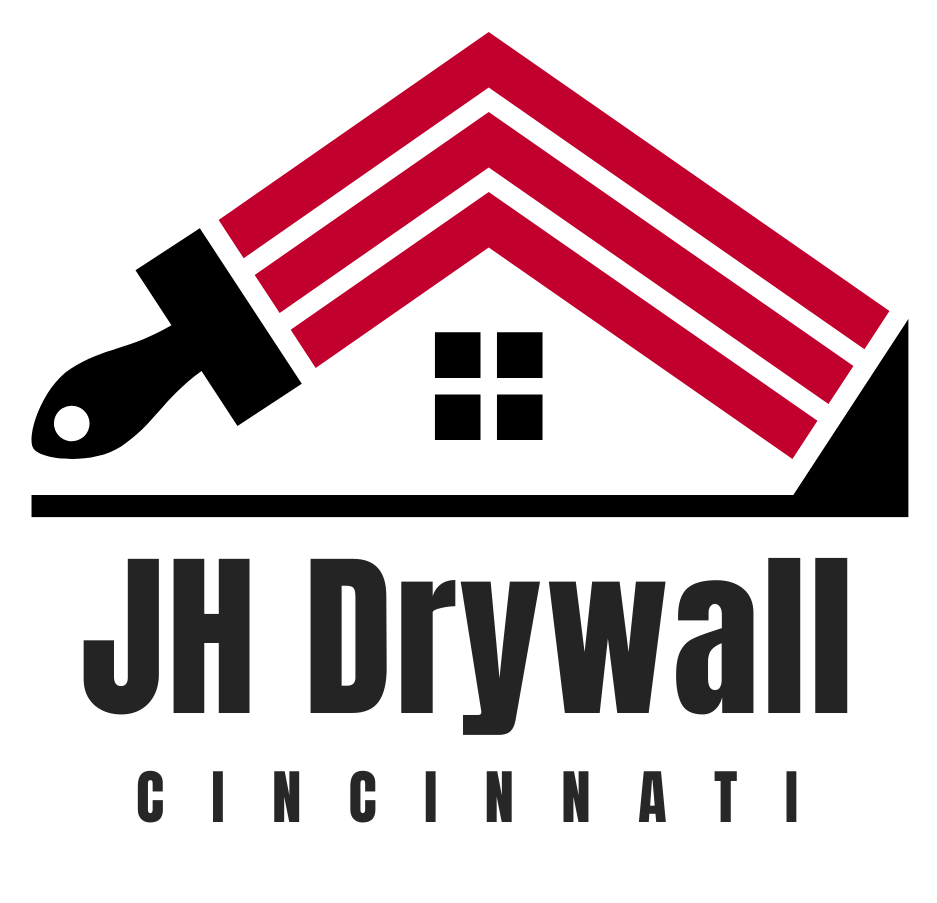Soundproofing with drywall: creating a quieter space

Whether it's for a home office, a nursery, or just to reduce daily noise, soundproofing is a smart way to improve your quality of life. Cincinnati drywall offers solutions that provide extra noise reduction, with options like soundproof drywall, these offer a highly effective solution. Soundproofing with drywall is a straightforward but effective way to absorb sound, providing a quieter and more comfortable environment. Here’s what you need to know about how soundproof drywall works, the types available, and the benefits it brings.
How soundproof drywall works
Drywall is typically known for its durability and easy installation, but soundproof drywall takes things further by reducing the passage of sound waves through walls. Soundproof drywall achieves this through its layered design, which typically combines several dense layers with noise-dampening materials. The core of soundproof drywall often includes materials like gypsum, ceramics, and a viscoelastic polymer that work together to absorb and dissipate sound energy.
This unique construction minimizes sound vibrations and prevents them from transferring from one side of the wall to the other. It’s a popular option for rooms where noise control is important, such as bedrooms, entertainment rooms, offices, or shared walls in multi-family housing.
Benefits of soundproof drywall
The primary benefit of soundproof drywall is, of course, the improved noise reduction it provides. By dampening sound, it reduces both airborne and impact noise, creating a more comfortable and quiet space. Airborne noise, such as voices, music, and television sounds, is muffled more effectively with soundproof drywall, while impact noise (from footsteps or objects moving) is also reduced.
Soundproof drywall is also a great investment in property value, especially in urban or high-density areas where noise pollution is more common. Many homeowners and commercial property owners see soundproof drywall as a worthwhile upgrade, as it makes homes more appealing for potential buyers or tenants who prioritize peace and quiet.
Additionally, soundproof drywall can be installed with relative ease, making it a practical option during renovations or new builds. It doesn’t require additional structural changes, so it fits well with standard drywall installation practices.
Types of soundproof drywall
There are a few types of soundproof drywall, each designed to address specific soundproofing needs. Basic soundproof drywall uses standard materials, with an extra layer or two added to increase density and muffle sound more effectively. This type is ideal for general use and is often installed in home offices, bedrooms, and living rooms.
High-performance soundproof drywall is another option, often used in areas with a high need for noise control, such as recording studios or media rooms. This drywall features additional layers of sound-dampening polymers and is generally thicker, making it more effective for complete noise isolation.
Finally, there are soundproof drywall options specifically designed for shared or commercial spaces, where legal requirements around noise control might apply. These types are reinforced with materials that meet specific fire safety and building code standards, making them particularly suitable for multi-family housing, hotels, and office buildings.
Installation tips for optimal soundproofing
For the best results, professional installation is recommended for soundproof drywall. A qualified drywall installer will understand the nuances of soundproofing, such as proper spacing and layering, which can impact the final results. Additionally, drywall contractors often recommend combining soundproof drywall with soundproofing insulation for enhanced noise control. This method fills the wall cavity with sound-absorbing materials, preventing sounds from bouncing within the wall and adding an extra layer of protection against airborne noise.
Sealing all gaps and cracks in the wall is another critical step in the installation process. Even a small gap can allow significant sound leakage, so installers typically use acoustic caulk to seal the edges of the drywall and around any wall outlets or fixtures. This step is especially important for high-noise areas, as it ensures maximum effectiveness of the soundproofing measures.
Practical applications for soundproof drywall
Soundproof drywall is highly versatile and can be used in both residential and commercial settings. In homes, it’s a popular choice for bedrooms, especially in shared walls between units in apartments or condos. Soundproof drywall can also be a game-changer in entertainment spaces like home theaters or gaming rooms, where it helps keep sound contained, allowing for higher sound volumes without disturbing other parts of the home.
In the commercial sector, soundproof drywall is essential in spaces like conference rooms, office spaces, and even certain retail spaces, where minimizing noise enhances the overall environment. Health clinics, libraries, and educational institutions also benefit from soundproof drywall, as it helps create quieter, more focused environments that improve the experience for visitors and staff alike.
Adding value through a quieter environment
Adding soundproof drywall is an investment in comfort and peace, whether at home or work. By blocking noise effectively, it transforms any space into a sanctuary from outside distractions, making it ideal for today’s busy world. If you’re considering options like soundproof drywall, the benefits are clear: better comfort, increased privacy, and an improvement in the overall quality of life.


